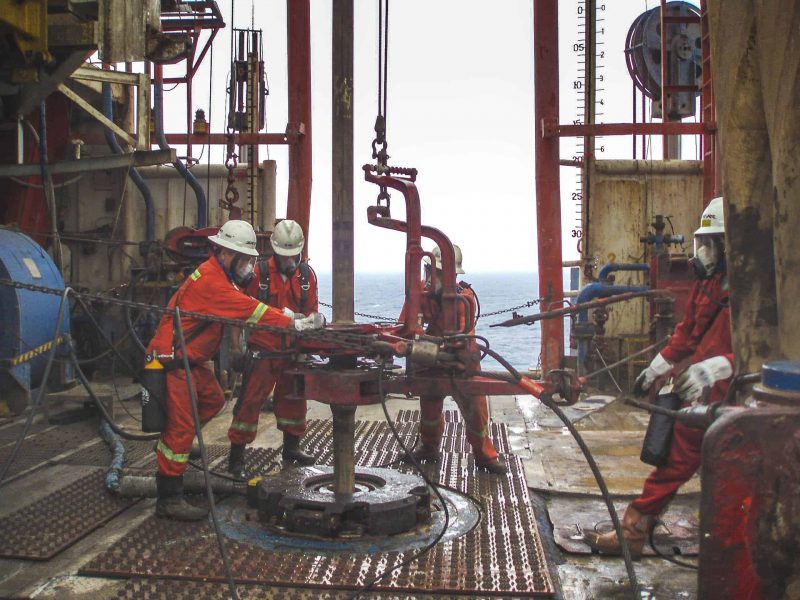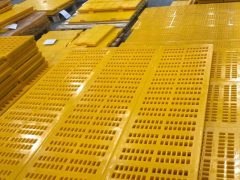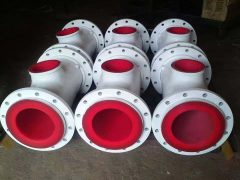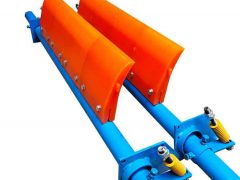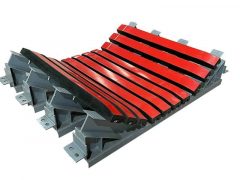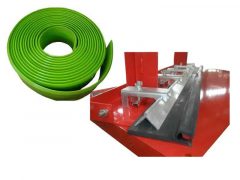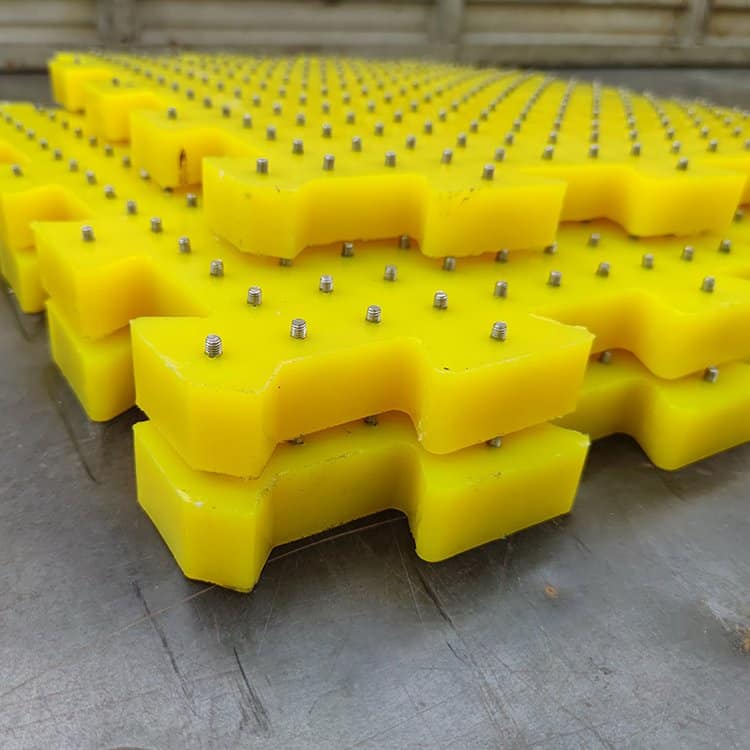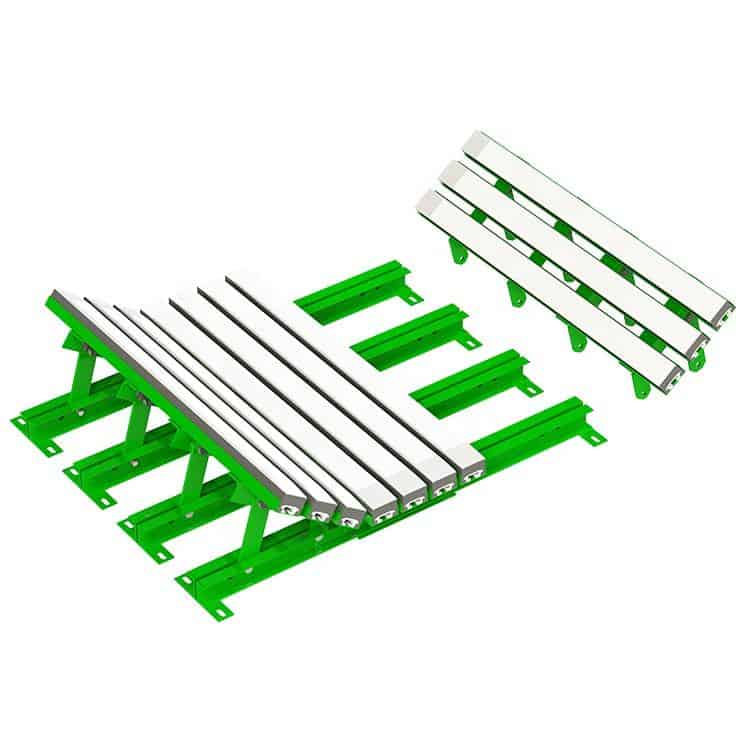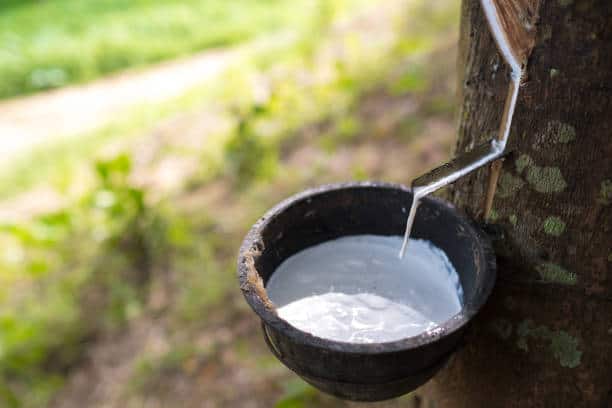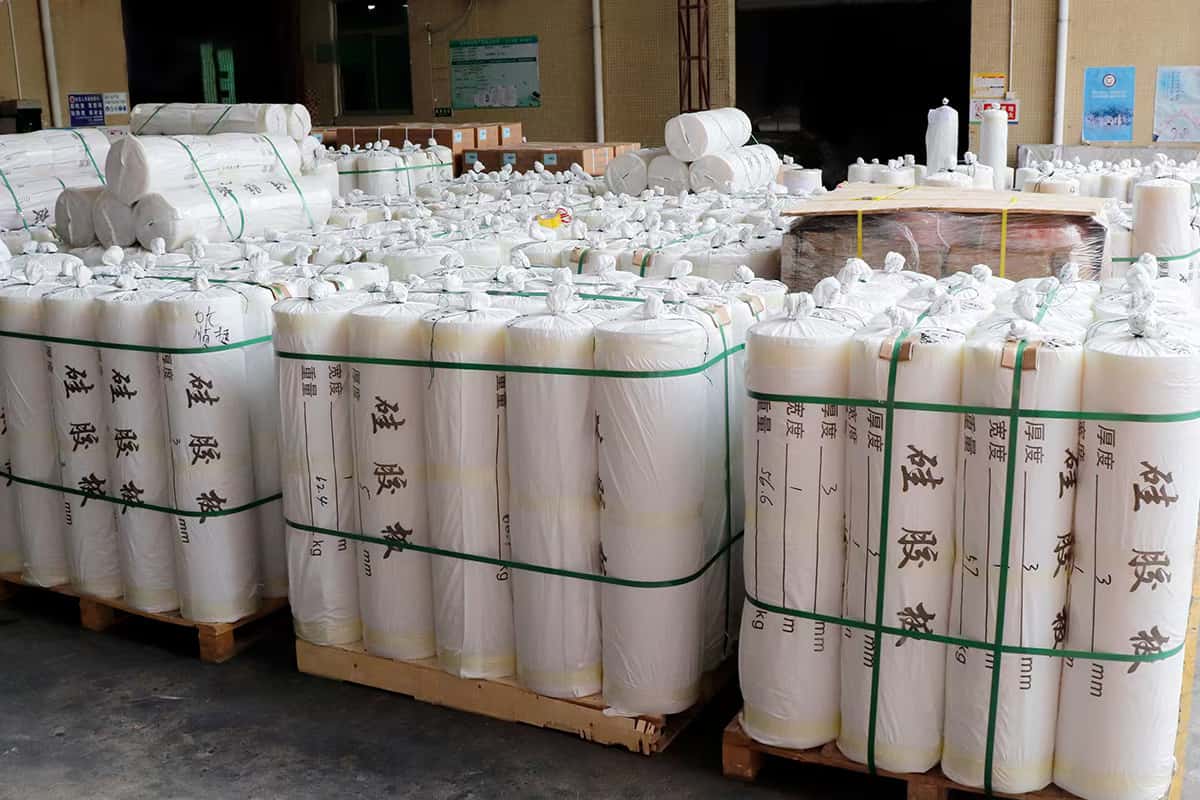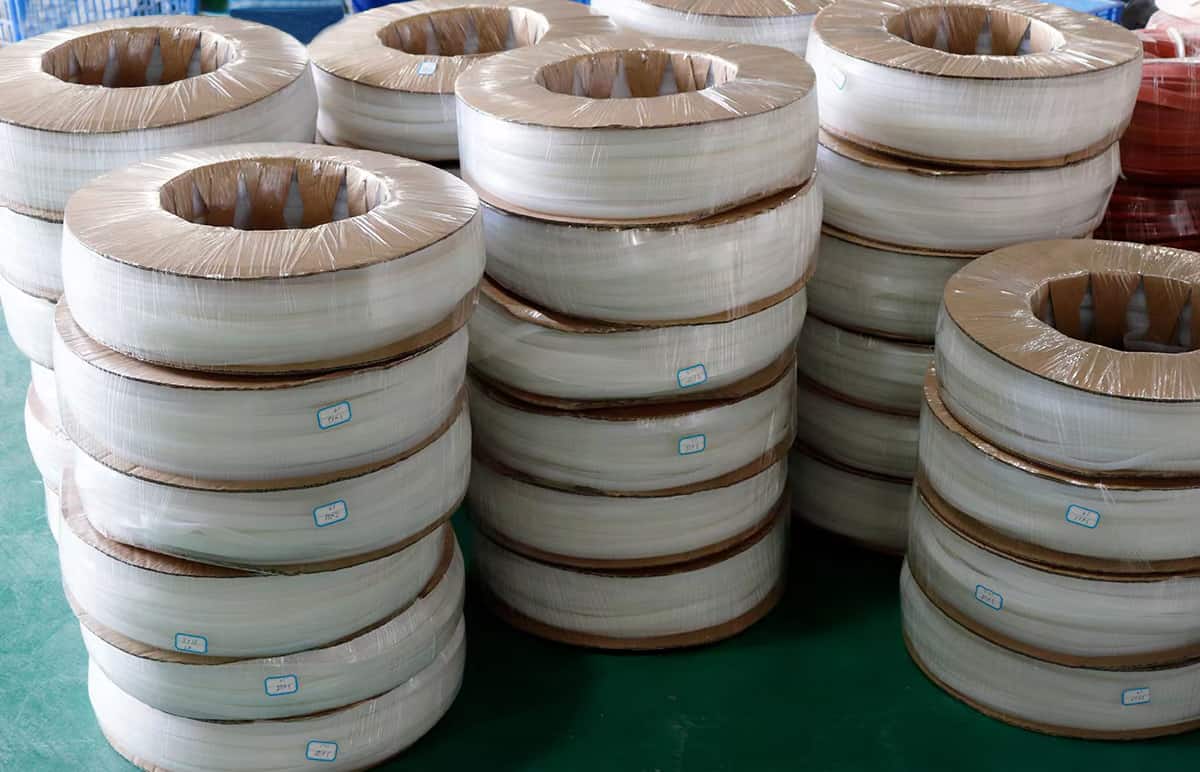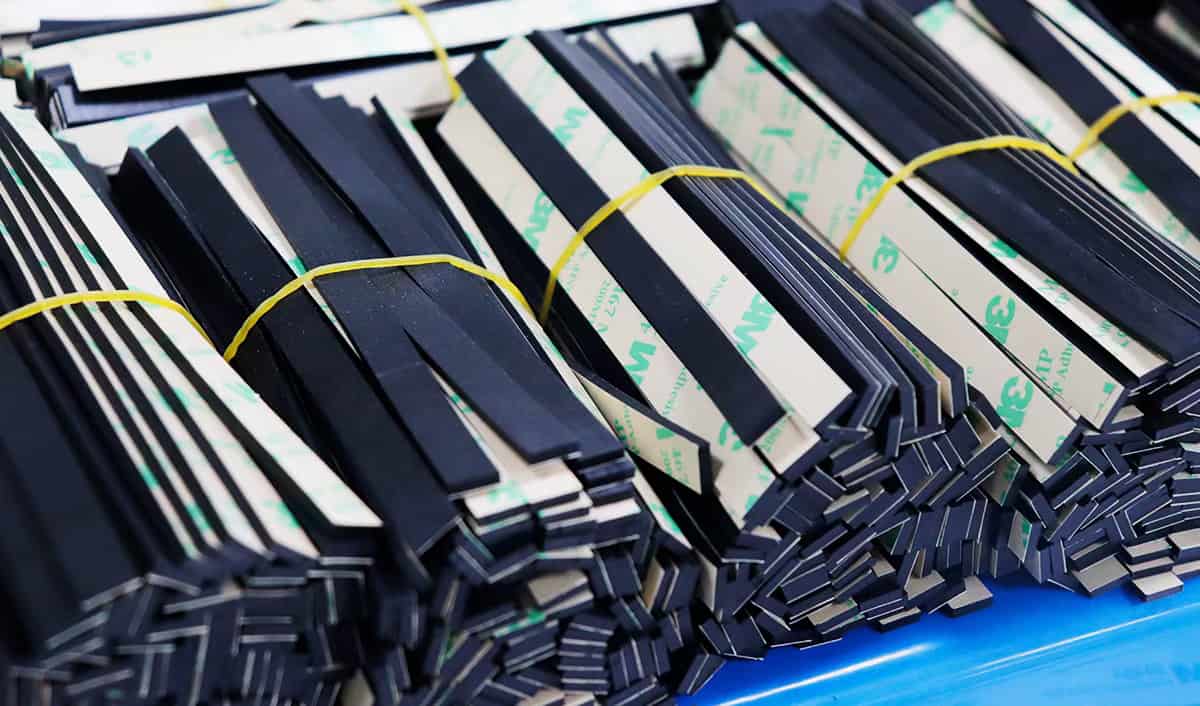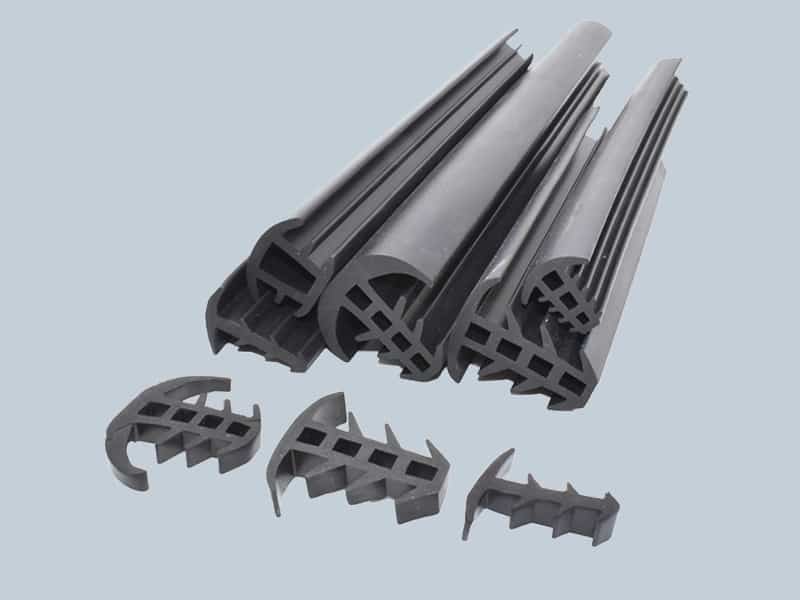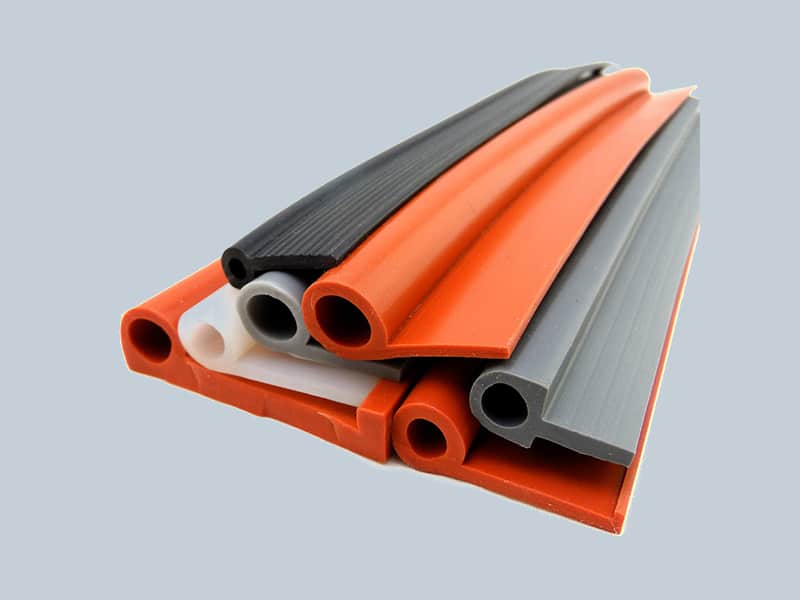What is a Rig Site?
A rig site is an industrial facility used to drill and operate a well, typically an oil or gas well. It is the physical location where drilling activity takes place and includes equipment, buildings, personnel, vehicles and other materials that are necessary to perform operations. Safety measures at a rig site should include having a designated safety officer on-site who will monitor the safety of all personnel on the site. All workers should receive proper training in order to understand the risks associated with their job and how to reduce those risks accordingly. Protective clothing must be worn at all times when working on the rig site, including steel toe boots and hard hats for those working near any machinery or hazardous materials. Emergency procedures should be clearly outlined at the start of each day so that workers can respond quickly if something goes wrong. Fire extinguishers should also be readily available in case of emergency fires. Finally, regular inspections by qualified personnel are essential in order to ensure that all safety protocols are being followed correctly and that potential risks have been identified and addressed appropriately.
1. Safety Measures at Rig Site
Rig sites have a variety of safety measures in place to ensure the safety of workers and the environment. The first measure is to make sure that only certified personnel are allowed onsite. All employees must be trained in safe work practices and have knowledge of all safety protocols. Additionally, all personnel must wear appropriate personal protective equipment (PPE) to protect themselves from any potential hazards.
Another important measure is the regular maintenance and inspection of rigs, tools, and equipment. This helps identify any potential risks or issues before they become serious problems. Rig supervisors also conduct regular drills and exercises to help personnel stay familiar with emergency response procedures.
Finally, rig sites should have comprehensive risk assessment processes in place for identifying and managing risks associated with operations at the site. Risk assessments must consider everything from weather conditions to working at heights, as well as other potential hazards such as fire or hazardous material spills. These assessments help ensure that appropriate safety measures are being taken to minimize risk at all times while working on a rig site.
2. Drilling: Emergency Protocols
In the event of an emergency on a drilling rig, swift action is essential. The crew must follow established protocols to ensure everyone’s safety and prevent further damage or injury. Depending on the type of emergency, these protocols may vary slightly, but overall they remain consistent.
The first step in any emergency situation should be to assess the severity of the incident and determine if evacuation is necessary. If so, all personnel should be evacuated as quickly and safely as possible. Following this, communication between personnel is key in order to coordinate efforts effectively and expedite response time. All available resources should then be used to contain or mitigate any potential hazards caused by the incident.
Additionally, it’s important that all equipment used during the response process is checked for defects or malfunctions before being put into use; otherwise this could lead to further complications or delays. Finally, a thorough investigation should be conducted afterwards to identify what went wrong and how similar incidents can be avoided in future operations.
3. Hazard Identification
Hazard identification is a key part of the overall risk assessment process and is used to identify potentially hazardous situations, substances, and processes. When performing hazard identification at a rig site, safety measures must be taken into account in order to reduce potential risks. These safety measures include conducting inspections to check for unsafe conditions or practices; implementing safe work procedures; providing training on proper safety protocols; ensuring that all personnel are aware of emergency plans and evacuation routes; testing and maintaining equipment regularly; storing flammable materials away from heat sources; installing warning signs where necessary; and creating a system to document any incidents that occur. Additionally, it is important to consider the location of the rigging site when assessing hazards as certain sites may have greater levels of risk than others due to environmental factors such as weather, terrain, or local wildlife. By taking all these safeguards into account when planning activities at a rig site, companies can help ensure that their workers remain safe while on the job.
4. Equipment Maintenance
Regular inspections are key to maintaining safety at a rig site. Inspections should be done regularly to ensure that all of the equipment is in proper working order and that any parts that need replacing or repair are identified. It is also important for workers to check for any signs of damage, wear, or corrosion on the equipment before beginning work. If these issues are spotted early on, it can help minimize potential hazards as well as costly repairs down the line.
In addition to regular inspections, it is also important to adhere to proper maintenance protocols at a rig site. This includes lubricating moving parts and keeping them clean of debris and contaminants, checking fluid levels and changing filters as needed, checking electrical connections for corrosion or fraying wires, and double-checking connections between hoses and pipes. Allowing time between shifts for maintenance tasks reduces operating costs while ensuring safety standards remain high.
5. Fire Prevention
Fire prevention is an important part of health and safety at a rig site. All personnel need to be aware of the potential fire hazards and how they can be avoided or minimized. Fire prevention measures may include:
Regularly inspecting electrical wiring, equipment and tools for signs of wear or damage. Ensuring all flammable materials are properly stored away from sources of heat, sparks, open flames or any other ignition sources. As well as making sure that no combustible material such as wood is allowed on the premises.
It is important to have emergency procedures in place should a fire occur onsite. These procedures should include having a designated first responder familiar with using fire extinguishers and other fire suppression techniques if necessary. All personnel should also be aware of the nearest exit and how to evacuate safely in case of a fire emergency.
6. Personal Protective Equipment (PPE)
PPE is an important safety measure for workers in the oil and gas industry. PPE includes items such as protective clothing, hard hats, safety glasses/goggles, respirators, hearing protection devices, and fall protection equipment. All of these items are designed to protect workers from potential hazards they may encounter while onsite. As well as protecting against physical hazards such as noise and falling objects, PPE can also provide protection against chemical exposure or other health risks related to the environment or working conditions at a drilling site. Workers must be properly trained on how to use their PPE correctly to ensure their own safety and that of their colleagues. Furthermore, employers must keep up with any updates in regulations concerning the types of PPE required depending on the type of work being carried out at a rig site.
7. Rig Site Training & Certification
Rig site training and certification involve extensive safety protocols to ensure that all personnel are well-prepared for the dangers associated with working on a rig. This includes a comprehensive review of the local regulations and an in-depth understanding of the proper use of protective equipment. Rig workers must also demonstrate proficiency with hand tools, fire prevention systems, first aid, and other safety procedures as specified by their employer. All personnel must also be certified in conducting risk assessments, identifying hazards, and responding accordingly to any changes in the environment or conditions at the rig site. Along with this formal training, workers should be provided with regular refreshers on proper safety practices to ensure that they remain up-to-date on all necessary protocols. Additionally, companies should strive to maintain open communication between management and personnel so that everyone can stay informed about potential risks and how to respond appropriately if something were to happen while working on site.
8. Emergency Response Planning
Emergency response planning is critical to the safety of personnel at any rig site. It involves preparing for potential risks, such as fires, explosions, and other emergency situations. Proper emergency response training should be provided to all personnel before starting work at the rig site. It is important to ensure that everyone understands their roles and responsibilities in an emergency situation, as well as how to respond quickly and safely if an incident occurs. Additionally, regular drills should be conducted so that personnel can practice the necessary procedures for responding to emergencies.
At a rig site, there should also be measures put in place that limit the risk of harm or damage during an emergency event. This includes implementing fire suppression systems throughout the facility, as well as having adequate access routes for evacuation purposes. Furthermore, it is essential that PPE (personal protective equipment) is available onsite so that staff are properly protected from potential hazards associated with fires or explosions. Finally, a communication system should also be established between personnel onsite and those managing operations remotely so they can effectively coordinate responses in real time during an emergency event.
Conclusion
In conclusion, safety is paramount when working at a rig site. Maintenance and inspection of all equipment should be done regularly to ensure any potential hazards are identified and addressed. All employees should also take the proper precautions when on the job such as wearing appropriate PPE, following standard operating procedures, and adhering to other safety regulations that may be specific to the rig site. Additionally, it is important for employers to provide their staff with ongoing training related to workplace safety risks that could occur in an oil field environment. By taking these precautionary measures, oil companies can safely operate their rigs while protecting workers from preventable dangers.

